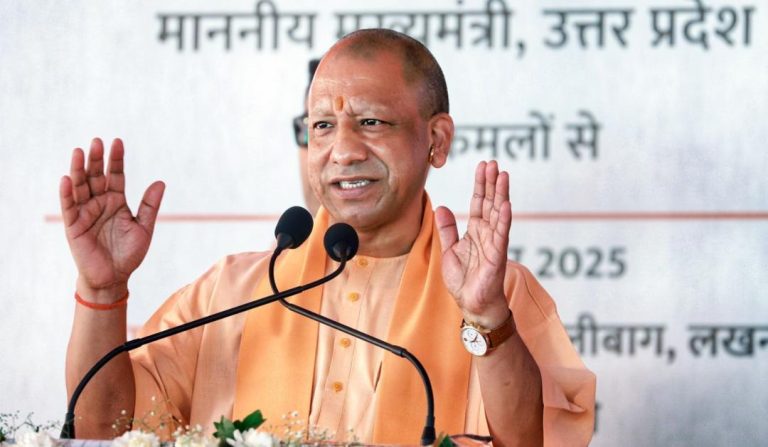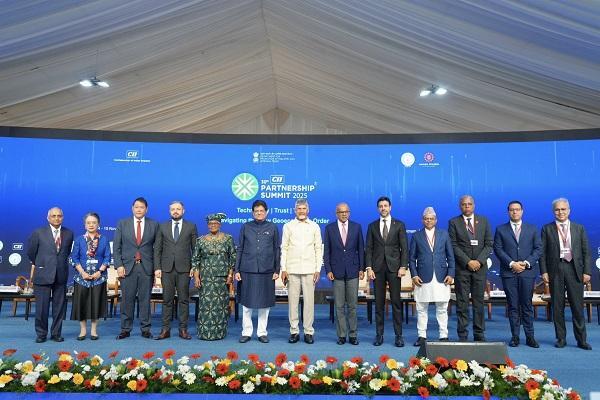
AI, Creators & Tier-2 Cities Power India’s Startup Growth
India’s startup ecosystem has been steadily gaining momentum, and recent trends suggest that it’s poised to reach new heights. A report by Meta-A&M reveals some fascinating insights into the growth strategies of Indian startups, and it’s clear that artificial intelligence (AI), omnichannel models, expansion to Tier-2 and Tier-3 cities, and creator-driven branding are driving this growth.
In this blog post, we’ll delve into the key takeaways from the report and explore how these trends are reshaping the startup landscape in India.
AI Adoption: The New Normal
The report highlights that a staggering 70% of Indian startups are leveraging AI to drive innovation and growth. This is not surprising, given the numerous benefits that AI can bring to businesses, such as improved efficiency, enhanced customer experiences, and data-driven decision-making.
Many startups are using AI-powered chatbots to handle customer support, while others are employing machine learning algorithms to personalize products and services. The use of AI is particularly prevalent in industries such as fintech, healthcare, and e-commerce, where data analysis and automation can have a significant impact on business outcomes.
Omnichannel Models: Connecting with Customers Across Channels
Another key trend emerging from the report is the adoption of omnichannel models by Indian startups. A whopping 67% of startups are using multiple channels to connect with customers, including social media, email, messaging apps, and in-store experiences.
This shift towards omnichannel marketing makes sense, given the increasing importance of customer experience in today’s digital landscape. By providing a seamless and consistent experience across multiple channels, startups can build stronger relationships with customers, increase loyalty, and drive revenue growth.
Tier-2 and Tier-3 City Expansion: The Next Frontier
The report also highlights the significant expansion of startups to Tier-2 and Tier-3 cities across India. A staggering 95% of startups are targeting these cities, which are often overlooked in favor of larger metropolitan areas.
This expansion is driven by a number of factors, including lower costs, a larger talent pool, and a growing demand for innovative products and services. Tier-2 and Tier-3 cities are also home to a large number of small and medium-sized enterprises (SMBs), which are increasingly looking for digital solutions to improve their operations and stay competitive.
Creator-Driven Branding: Partnering with Influencers and Content Creators
Finally, the report reveals that 88% of startups are partnering with influencers and content creators early on in their growth journey. This trend towards creator-driven branding is driven by the recognition that influencers and content creators can help startups build credibility, increase brand awareness, and reach new audiences.
By partnering with creators who have a strong following in their target market, startups can tap into existing networks and build trust with potential customers. This collaboration can take many forms, including sponsored content, product placements, and influencer-led marketing campaigns.
Conclusion
The Meta-A&M report provides valuable insights into the growth strategies of Indian startups, and it’s clear that AI, omnichannel models, expansion to Tier-2 and Tier-3 cities, and creator-driven branding are driving this growth.
As the Indian startup ecosystem continues to evolve, it will be interesting to see how these trends shape the future of entrepreneurship in the country. One thing is certain, however – the next generation of Indian startups will be powered by innovative technologies, a focus on customer experience, and a commitment to building strong connections with their target audiences.
Source:






